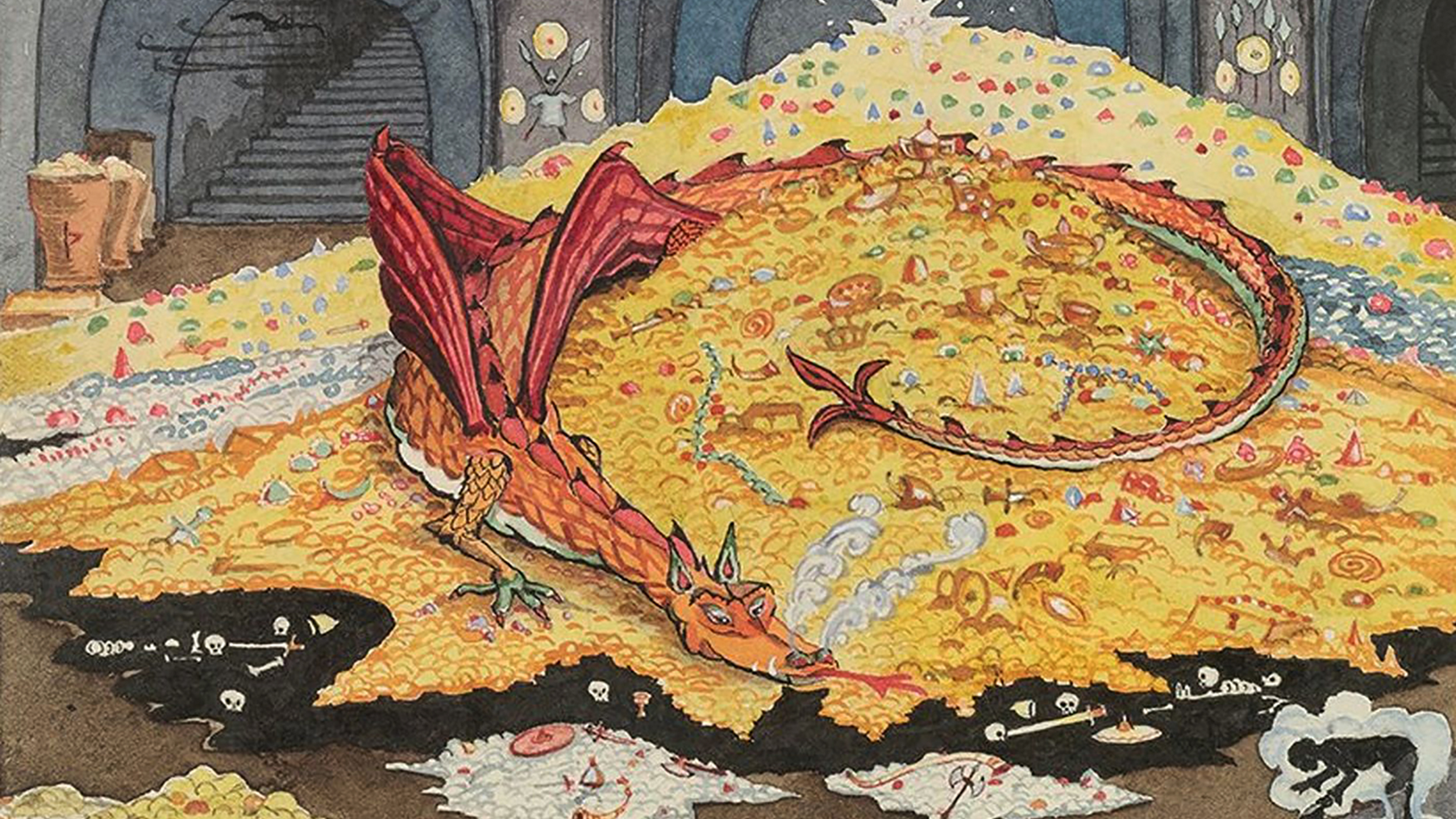It wasn’t that long ago, says Bennett Singer, that our nation’s most progressive doctors considered homosexuality a psychological disease. That goes to show how far we have come—in areas like gay marriage—to guaranteeing equal rights regardless of one’s sexual preferences. But some rights initiatives have started to backslide in the United States and elsewhere. Conversion therapy is still met with approval by some government officials, and sexual orientation and gender identity remain excluded from the Civil Rights Act of 1964, which forbid discrimination against individuals on the basis of race, color, religion, sex, or national origin. Singer brings to light a fascinating and essential array of knowledge in his new book LGBTQ Stats.
BENNETT SINGER: I think the question of acceptance of LGBT folks really does depend on geography. In some places on Earth I would say, when it comes to legal equality and cultural acceptance, absolutely there’s been this revolution, and progress has occurred at a pace that even in our own lifetimes was almost inconceivable in terms of how quickly things had evolved.
At the same time, just today, 2.8 billion people live in countries around the globe where being gay is a crime. And in some places like India, progress toward equality has actually been reversed. So back in 2013 India’s supreme court re-criminalized sodomy and same sex activity, which had become legal. So there are examples of countries where progress has actually been reversed.
When we talk about how have things changed in terms of equality or the movement toward equality for LGBTQ folks I think the biggest and most dramatic example is marriage equality which somewhat miraculously I think—and not inevitably—did become the law of the land, and all 50 states, thanks to the Supreme Court and the Obergefell decision, are now required to recognize same sex marriage.
But I think it’s important to remember that marriage equality does not mean or is not synonymous with full equality in terms of constitutional protections. And it is in fact true that a couple could get married on a Sunday and then one of the partners goes to work on Monday, puts a picture of his husband or her wife on the desk and gets fired, because in the majority of U.S. states it is still completely legal for people to be fired on the basis of sexual orientation.
And the Civil Rights Act of 1964 doesn’t cover sexual orientation or gender identity. There’s a movement among activists and gay rights organizations to expand the scope of the 1964 Civil Rights Act to go beyond race and gender and color and national origin, which are covered categories. But at this point sexual orientation is not covered by the 1964 legislation.
I guess the context is, it wasn’t until 1973 that the American Psychiatric Association came to the conclusion that homosexuality in general is not a mental illness, and that was the year when the APA voted to take homosexuality out of its diagnostic manual. Until that point every gay person, no matter how well adjusted or healthy or functioning, was considered mentally ill.
So that’s the background, and really that wasn’t so long ago that our most progressive doctors were under the assumption or were working on this theory that homosexuality was, in fact, a mental disease.
So I think conversion therapy is kind of the contemporary cousin to that belief that gay people are sick, and that they can be cured or that they need to be cured.
And certainly, you know, dozens of medical establishment organizations ranging from the AMA to youth organizations have condemned conversion therapy.
But this idea that people who are gay can be converted into not being gay is indeed still alive.
My sense is that at this point seven states have outlawed conversion therapy among minors, meaning that in the other 43 states it’s still allowed for parents to send their children, their minor children into this kind of therapy and to require that kids under 18 go through this process.
There have been studies of people who have undergone the therapy and consistently there’s this sense of finding that therapy not only doesn’t change people from being gay to straight but inflicts its own harm and trauma. And there is federal legislation being considered where there would be an national ban, which again I think is common sense.
And I hope that as we see a new generation of young people becoming more open and more accepting, and the sense of allies among teenagers and young people, I think that’s the key to ultimately ending conversion therapy.





